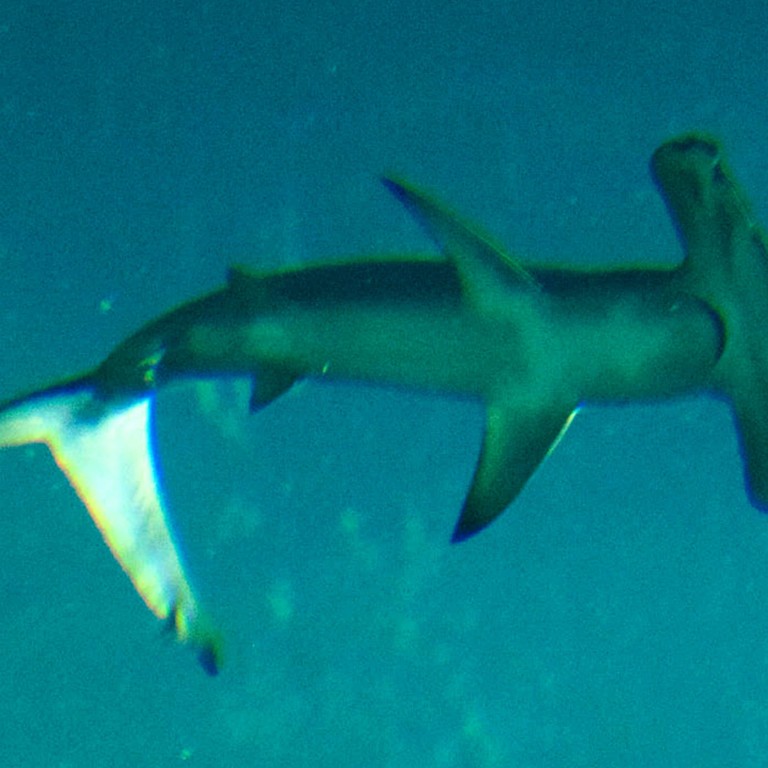
Ozone machine responsible for six shark deaths at Ocean Park
Equipment faults, not disease, killed Ocean Park hammerheads, but more details demanded
Six hammerhead sharks that died at Ocean Park's Grand Aquarium earlier this month were killed as a result of a malfunction in water-purifying equipment.
The six sharks - all female and about five years old - died one by one in just seven hours on November 3.
The park said at the time that they had died of an unidentified disease. But it disclosed yesterday that the cause had been a malfunction in equipment that releases ozone - electrically charged oxygen molecules used as a water purifier - and a "coincidental" fault in a sensor that monitored ozone levels.
A spokeswoman said the elevated levels of ozone by-products in the water still fell within an internationally accepted range and would not pose a threat to most fish and shark species.
But the hammerhead sharks, especially the larger females, were "exquisitely sensitive" to ozone and its by-products.
Marine conservationist Dr Samuel Hung Ka-yiu said the park should produce proof of the hammerheads' sensitivity. "I don't think this is a fact that they learned after the incident, so why did they fail to watch the ozone system carefully?" he asked, adding that the deaths apparently involved human and mechanical errors.
The sharks were among 15 hammerheads introduced from Japan in late 2010 and the remaining eight were regarded as being at risk after the deaths. But the park said yesterday they appeared normal.
The spokeswoman said investigators found that the sensor regulating ozone output was affected by weak electrical interference that allowed "sporadic higher-than-normal" dosages.
"Coincidentally, the system's built-in safety mechanism, a second sensor to prevent excessive ozone output, also experienced an independent malfunction, which measured lower-than-actual ozone by-product levels."
The park said it had eliminated the source of the electrical interference, replaced the sensors and installed additional cross-checking sensors.
In addition, the ozone machine would be turned off automatically when the amount in the water reached safe levels.
It said ozone and its by-products were commonly used to improve water quality in swimming pools and modern aquariums around the world.
Hung said 15 of the 23 hammerheads introduced since 2009 had died, including the latest six. But the other deaths had not been announced. "I want to know whether the previous deaths were related to ozone … some bigger faults might have been covered up," he said.

